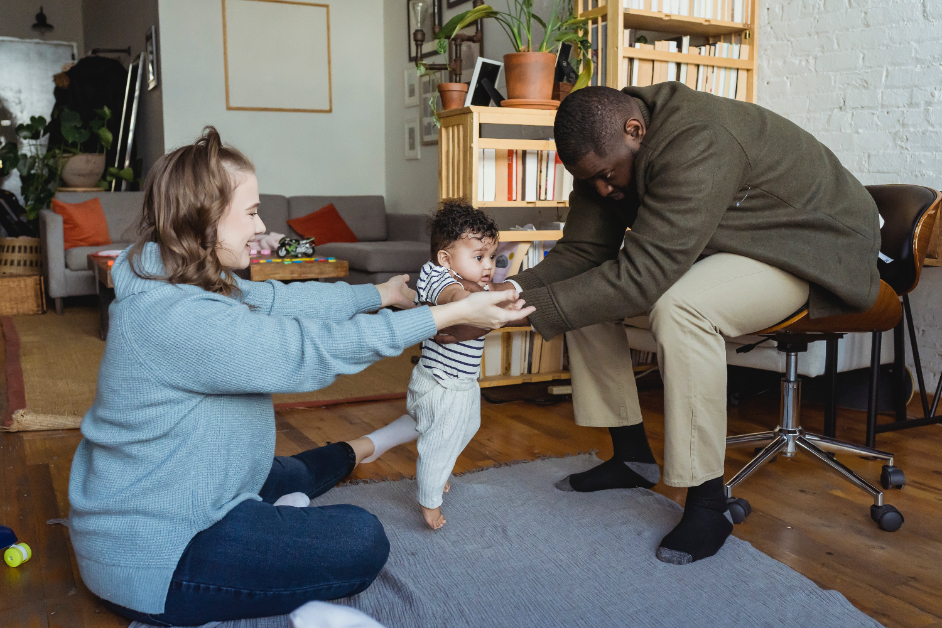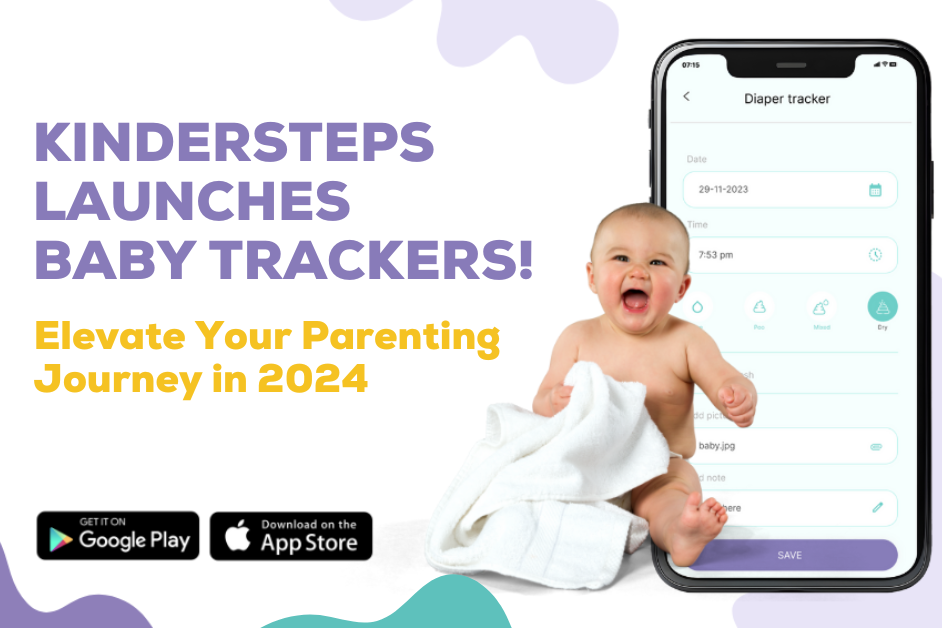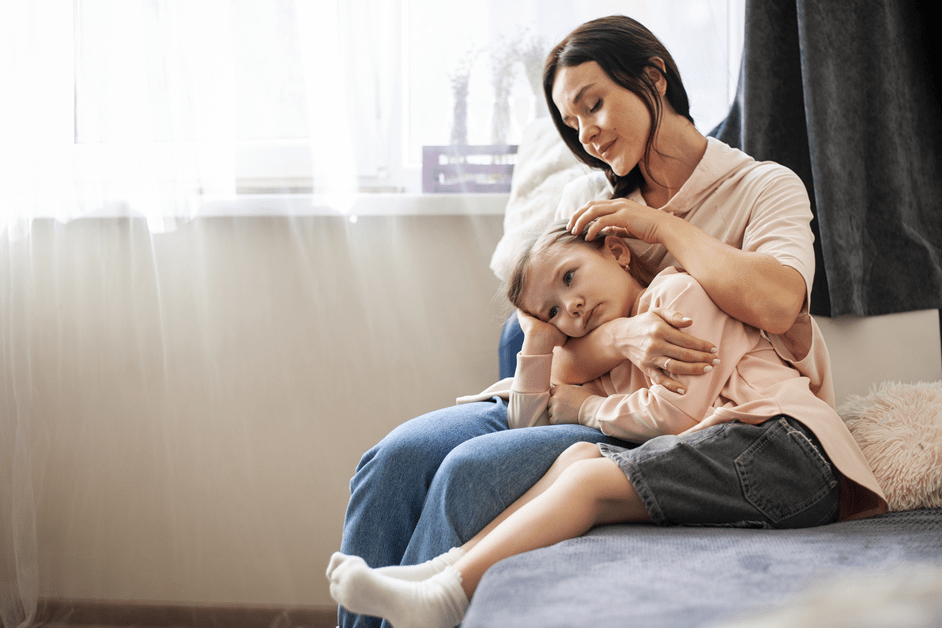Seeing your little one take their first step is definitely a picture-worthy moment! But, it is an important developmental milestone, as they move from being held or crawling slowly across the floor to walking. Learning to walk, on the other hand, isn't exactly a walk in the park for babies. Most children begin to walk at different ages, but with a little encouragement from their parents, they can surely speed up.
Ready to chase your bundle of joy around?
Here are some tips to help your child smoothly transition from crawling to walking and how you can encourage them every step of the way.
1. Strengthen their limbs and muscles:
The first step is to strengthen the baby's limbs, core, and muscles, which will aid in the development of the strong balance required to walk. The best way is through baby massages, which can aid in the nourishment of their muscles and the development of a strong body.
2. Let them go barefoot :
No socks. No shoes. Just bare feet! Let your child walk and explore as much as possible barefoot to help build muscle tone in their feet and ankles, develop their arches, and learn balance and coordination. Make sure their shoes are lightweight and flexible for outdoor adventures. Avoid tall booties or high-top sneakers because they will slow down your child by restricting their movement.
3. Help your child to cruise:
When your baby begins to walk around, they will use furniture and other surfaces/objects for support. So place your furniture in a straight line, making sure it's all baby-proofed, so your baby can easily cruise along with them. As they will be pushing the majority of their weight onto it, make sure all of the pieces are sturdy. In fact, once your baby begins to cruise, it's a good idea to re-childproof your home because they can reach new heights and potentially new hazards.
You can encourage independent stepping by holding their hands for balance to help them let go of the furniture as they cruise. They'll soon be holding you with one hand or even letting go entirely.
4. Encourage your baby to walk:
Put them down in a standing position, rather than a sitting position. Even if they plop down as soon as you put them down, you're still conveying to them that you expect them to stand up and are there to support them.
5. Offer free time on the floor:
Allow them plenty of time to roam freely on the floor (supervised, of course) so they can put their newly developed large motor skills to use. Assure that your child has a safe area to play on the floor with safe objects to pull and stand on. Additionally, parents should also make sure that furniture, particularly TVs and anything with pull-out drawers, is securely fastened for safety reasons.
6. Show them some eye candy:
Babies respond extremely well to visual cues and musical melodies. Keeping their favorite toys or snacks close by can sometimes serve as a motivator for them to walk and grab things. Try playing music with simple beats that help enhance a baby's motor skills and help them take their very first steps!
7. Praise your baby for their efforts:
Make a point of praising your child's efforts, as this will encourage them to try harder in the future. As we all need a little motivation to get things done, so celebrate every small victory, whether it's two steps or just attempting to take a step.
Encouragement can go a long way, so it is an excellent way to assist children in learning to walk. When a child hears positive words from their parents, it means the world to them and inspires them to continue doing what has earned them the praise.
Lastly, do not succumb to comparisons or parental pressures. Some babies start to walk early, while some can take a little longer. So don't push them before they're ready. Instead, enjoy having fun with your child and watching them develop this new skill. Capture these ever-so-precious moments on the Kindersteps App that ensures you never miss any important milestone in your child’s development.






.jpg?alt=media&token=166b64a9-274c-400c-95e4-baf0013e7e43)
